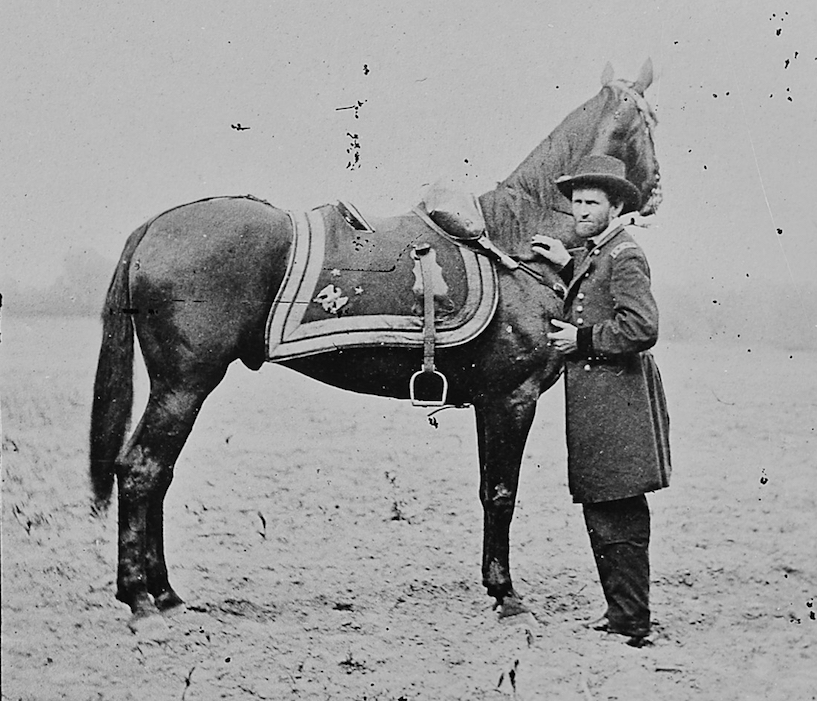New Bern and the Civil War by James Edward White III. The History Press, 2018. Paper, ISBN: 978-1625859921. $21.99.
 Local historian James White has produced an account of the small North Carolina town of New Bern. Though of particular interest to coastal Carolinians, his account is also relevant for a number of bigger picture aspects of the Civil War. White’s purpose is to tell the story of the military campaigns in and around New Bern and to highlight a number of the Confederacy’s missed opportunities to recapture the river port town. White tells his tale—often in minute detail—by drawing on rich North Carolina resources. He features a cast of characters ranging from Ambrose Burnside and George Pickett to lesser known, local figures such as Robert Hoke.
Local historian James White has produced an account of the small North Carolina town of New Bern. Though of particular interest to coastal Carolinians, his account is also relevant for a number of bigger picture aspects of the Civil War. White’s purpose is to tell the story of the military campaigns in and around New Bern and to highlight a number of the Confederacy’s missed opportunities to recapture the river port town. White tells his tale—often in minute detail—by drawing on rich North Carolina resources. He features a cast of characters ranging from Ambrose Burnside and George Pickett to lesser known, local figures such as Robert Hoke.
The Union occupation of New Bern began in early 1862, when Major General Ambrose Burnside captured the port. This began a two-year Confederate struggle to retake the town. The first Confederate general to attempt a recapture was General James J. Pettigrew in the spring of 1863. Peripheral forts stymied Pettigrew, who withdrew his forces after some promising early progress. The following spring, concerns over rampant desertions led President Jefferson Davis to order another attempt in eastern North Carolina, focused on New Bern. While Davis initially preferred that Robert E. Lee lead the operation, he assigned Major General George Pickett to the campaign instead.
Lee assigned Brigadier General Robert Hoke to Pickett’s command since Hoke had already developed a promising, four-pronged strategy aimed at New Bern. Hoke is the central figure of the last half of the book, given his importance to planning and executing Confederate strategy vis-à-vis New Bern. Although native to North Carolina and seemingly competent as a field commander, Hoke’s plans were plagued by their reliance on naval support, which the Confederacy had in short supply. Despairing that the elements of Hoke’s plan were not coming together, Pickett called off the attack. The campaign was partially successful in that Pickett captured some Confederate deserters turned Union soldiers in the attack. Pickett convened unfair courts martial in order to stem the endemic problem of desertion, and many of the men were executed, which White argues adds another “dark shadow [to] his career” (140).
Lee reassigned Pickett once again to Virginia, leaving Hoke in command of the next Confederate effort against New Bern. Hoke lost no time in beginning plans for a third Rebel assault on the town. Hoke’s efforts nearly paid off in early May 1864, when he succeeded in surrounding New Bern with his numerically superior force. Hoke might have accomplished his objective of recapturing New Bern at this time, but Lee found himself opposite a determined Ulysses S. Grant in northern Virginia. Hoke was recalled to reinforce Lee, leaving New Bern in Union hands forever.
Local history enthusiasts will find a wealth of information in New Bern and the Civil War. Throughout the main narrative, White provides substantial detail for the units, commanders, and men who fought in the region. The book is interspersed with pictures, paintings, and engravings of the actors and events White portrays. There are also several maps and diagrams of the forts and landscapes to orient the reader and prevent the scores of place names from becoming overwhelming.
Perhaps the book’s greatest drawback is that the reader is never truly introduced to New Bern’s strategic significance. The military actors and strategies are quite satisfactorily discussed, yet the reader unfamiliar with New Bern will have trouble understanding the motivations for capturing or recapturing the town. An expanded discussion of the industries or facilities which made New Bern worth fighting over would have been a welcome addition.
The author provides a great deal of information on fortifications and the Confederate naval war effort, which are particularly interesting. Those looking for information on Confederate attempts to establish a useful river naval presence by building or capturing rams and steamships will benefit from studying Hoke’s efforts at fashioning a river fleet to attack the federal garrison at New Bern. White’s description of a band of Confederate sailors boarding the Union steamship Underwriter in the middle of the night is an especially well-written, engaging, and unique piece of Civil War history. The attack on the Underwriter is only one example of the lesser-known actions that White seeks to preserve, and the reader can expect many such accounts that lend richness to the history of the Civil War in North Carolina.
Stephen Edwards is a Ph.D. candidate in the Department of History at Texas Christian University.
